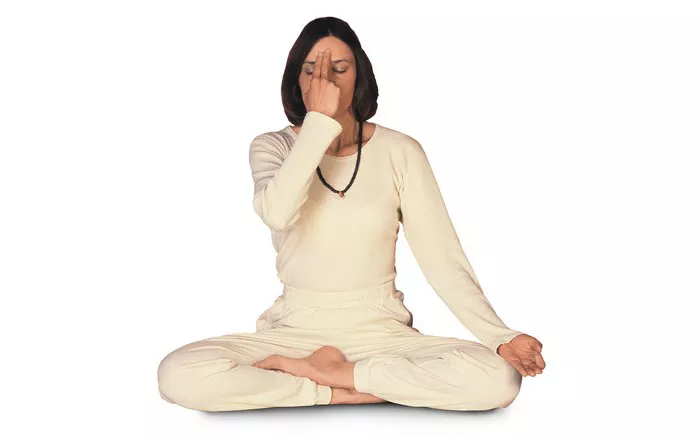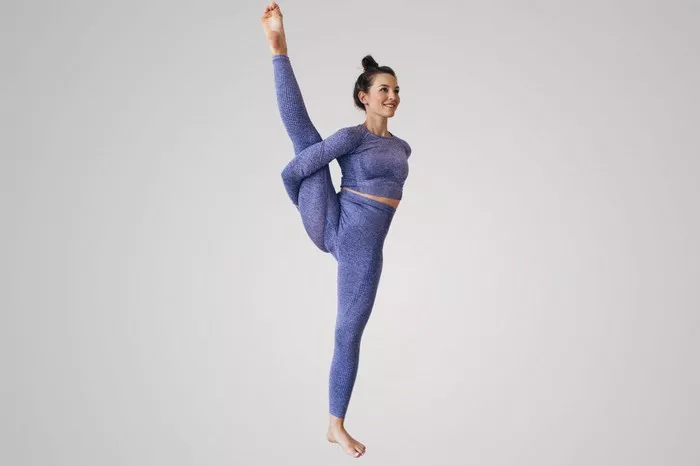In the realm of fitness and holistic health, yoga has emerged as a multifaceted practice, offering benefits that extend beyond flexibility and mindfulness. One of the burgeoning areas of interest is yoga’s role in muscle recovery. Whether you are an athlete, a gym enthusiast, or someone dealing with muscle soreness from daily activities, understanding how yoga can aid in muscle recovery is crucial. This article delves into the science and practical aspects of using yoga as a tool for muscle recovery.
The Physiology of Muscle Recovery
Before exploring how yoga facilitates muscle recovery, it’s essential to understand the basic physiology behind muscle repair and growth. When muscles are subjected to stress through exercise, small tears occur in the muscle fibers. The body’s natural response is to repair these tears, making the muscle stronger and more resilient. This process involves inflammation, nutrient delivery to the muscles, and the removal of metabolic waste products.
Yoga and Its Impact on Muscle Recovery
Yoga, with its combination of static and dynamic poses, controlled breathing, and mindfulness, can significantly influence various stages of muscle recovery. Here’s how:
1. Enhanced Blood Circulation
One of the primary ways yoga aids in muscle recovery is through enhanced blood circulation. Poses such as Downward Dog, Warrior Series, and inversions stimulate blood flow throughout the body. Improved circulation ensures that oxygen and essential nutrients are delivered more efficiently to the muscles, aiding in quicker repair and reducing the severity of delayed onset muscle soreness (DOMS).
2. Reduction of Muscle Tension
Yoga promotes muscle relaxation and flexibility, which can help reduce muscle tension. Tight muscles are more prone to injuries and take longer to recover. Stretching and holding poses increase the elasticity of the muscle fibers and connective tissues, helping them to relax and lengthen. This not only alleviates tightness but also improves overall muscle function and reduces the risk of future injuries.
3. Alleviation of Inflammation
Inflammation is a natural part of the muscle recovery process, but excessive inflammation can delay recovery and cause discomfort. Certain yoga poses have anti-inflammatory effects. For example, restorative poses and sequences designed for relaxation, such as Child’s Pose and Corpse Pose, activate the parasympathetic nervous system. This activation helps reduce stress hormones like cortisol and promotes an anti-inflammatory response in the body.
4. Mental Relaxation and Stress Reduction
Stress and mental fatigue can impede muscle recovery. Yoga’s focus on breathing techniques and meditation helps lower stress levels and promotes a sense of well-being. The reduction in stress hormones allows the body to focus its energy on healing and repair. Additionally, a relaxed mind can lead to a more restful sleep, which is critical for muscle recovery.
5. Gentle Strengthening and Stretching
While intense workouts can sometimes hinder muscle recovery due to additional strain, yoga provides a gentle yet effective way to keep muscles active. Low-intensity yoga sessions, such as Yin Yoga or Hatha Yoga, involve holding poses for extended periods, which helps in gentle stretching and strengthening without overexerting the muscles. This light activity encourages blood flow and flexibility without causing further damage.
Scientific Evidence Supporting Yoga for Muscle Recovery
Numerous studies have highlighted the benefits of yoga for muscle recovery. For instance, a study published in the Journal of Alternative and Complementary Medicine found that participants who engaged in regular yoga sessions experienced significantly reduced muscle soreness and inflammation compared to those who did not practice yoga. Another research article in the Journal of Strength and Conditioning Research reported that athletes who incorporated yoga into their routine showed improved muscle flexibility, strength, and recovery times.
Practical Yoga Poses for Muscle Recovery
Incorporating specific yoga poses into your recovery routine can target various muscle groups and promote overall healing. Here are some highly recommended poses:
1. Child’s Pose (Balasana)
Child’s Pose is a gentle resting pose that stretches the back muscles and relieves tension. It helps in calming the mind and reducing stress, which is beneficial for overall recovery.
2. Downward-Facing Dog (Adho Mukha Svanasana)
This pose enhances blood circulation, stretches the hamstrings, calves, and back muscles, and helps in relieving muscle stiffness.
3. Pigeon Pose (Eka Pada Rajakapotasana)
Pigeon Pose is excellent for opening the hips and stretching the glutes and piriformis muscles. It alleviates tightness and enhances flexibility in the lower body.
4. Reclining Hand-to-Big-Toe Pose (Supta Padangusthasana)
This pose stretches the hamstrings and calves, promoting flexibility and reducing muscle tightness in the legs.
5. Legs Up the Wall Pose (Viparita Karani)
Legs Up the Wall is a restorative pose that aids in reducing swelling and muscle fatigue in the legs by encouraging venous blood return and lymphatic drainage.
Integrating Yoga into Your Recovery Routine
To effectively use yoga for muscle recovery, it’s important to integrate it thoughtfully into your fitness regimen. Here are some tips:
1. Start Slowly
If you’re new to yoga, begin with short, gentle sessions. As your body adapts, you can gradually increase the duration and intensity of your practice.
2. Focus on Breathing
Proper breathing techniques are essential in yoga. Deep, controlled breaths help in maximizing oxygen delivery to the muscles and promote relaxation.
3. Listen to Your Body
Pay attention to how your body feels during and after yoga sessions. Avoid pushing yourself into discomfort or pain, as this can exacerbate muscle soreness rather than alleviate it.
4. Consistency is Key
Regular yoga practice, even if it’s just a few minutes each day, can yield significant benefits over time. Consistency helps maintain flexibility and reduces the risk of muscle tightness and injuries.
5. Combine with Other Recovery Techniques
Yoga can be an excellent complement to other recovery methods such as massage, foam rolling, and proper nutrition. A holistic approach ensures comprehensive muscle recovery.
Conclusion
Yoga offers a multitude of benefits that can enhance muscle recovery, making it an invaluable addition to any fitness or rehabilitation program. Through improved blood circulation, reduced muscle tension, anti-inflammatory effects, and mental relaxation, yoga supports the body’s natural healing processes. By incorporating specific yoga poses and maintaining a consistent practice, individuals can experience faster recovery times, reduced muscle soreness, and overall improved physical and mental well-being.
In the pursuit of optimal muscle recovery, yoga stands out as a versatile and effective tool, embodying the principle that the mind and body are deeply interconnected. Whether you’re an elite athlete or someone recovering from daily physical activities, yoga can be a transformative practice that supports and enhances your journey towards better health and fitness.






















